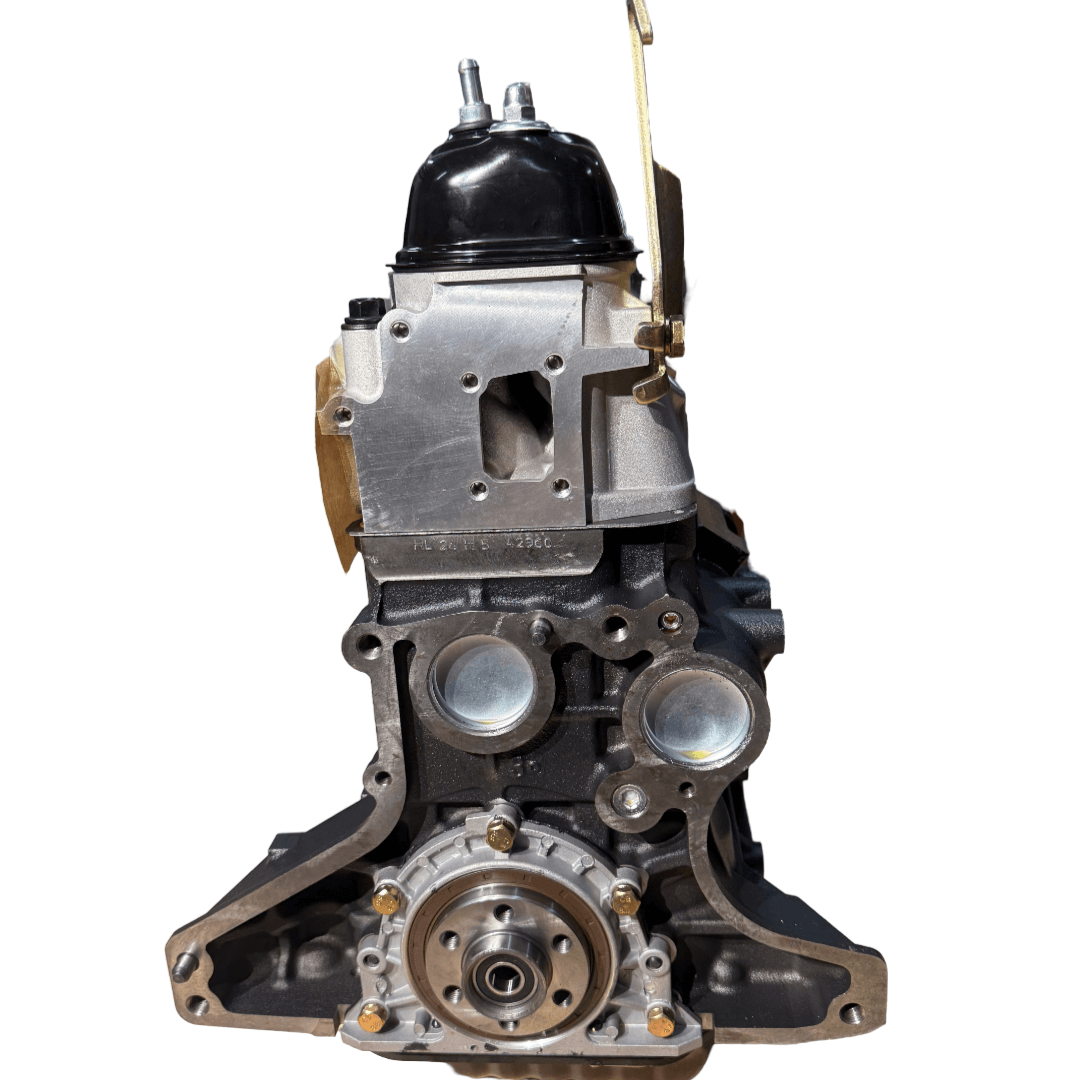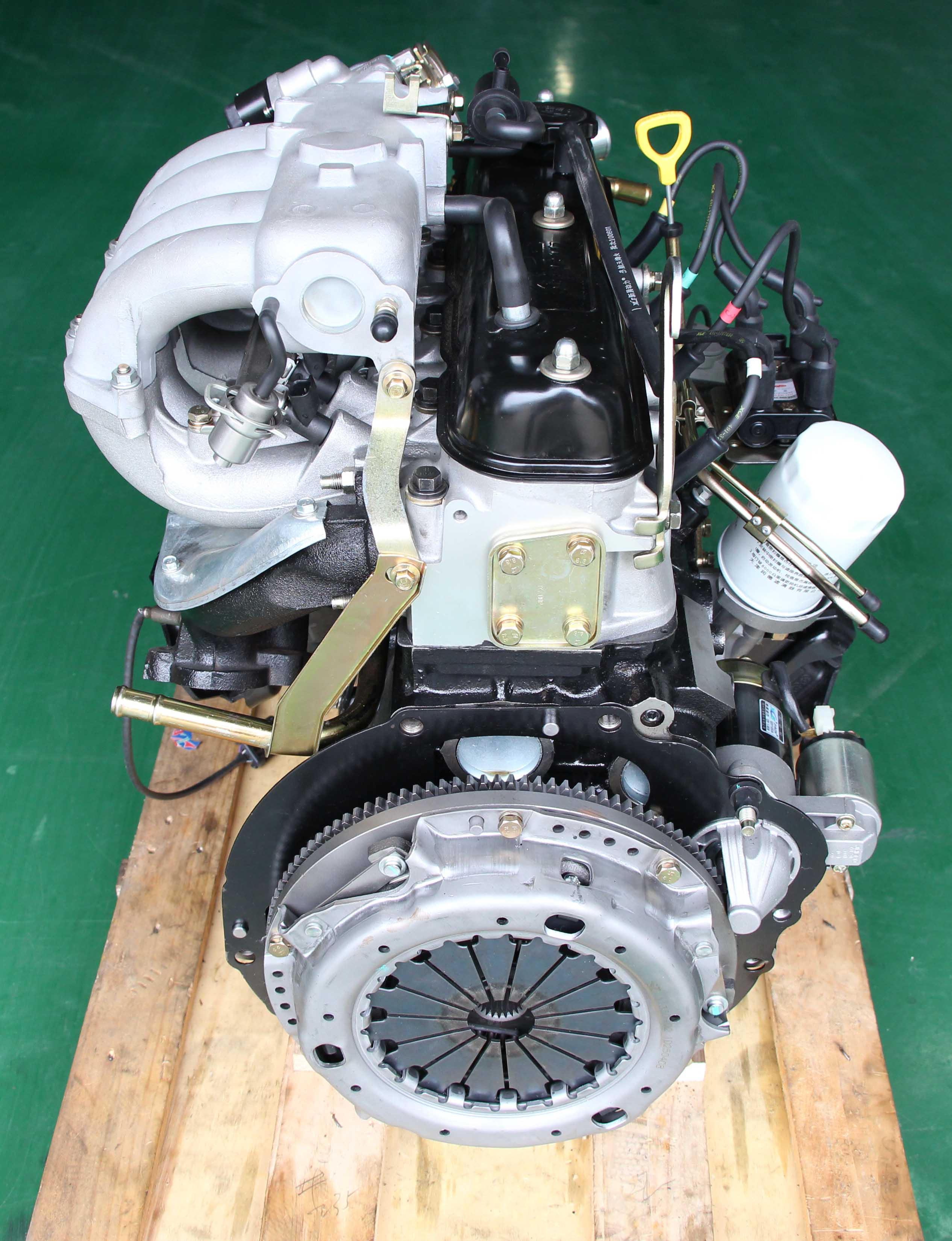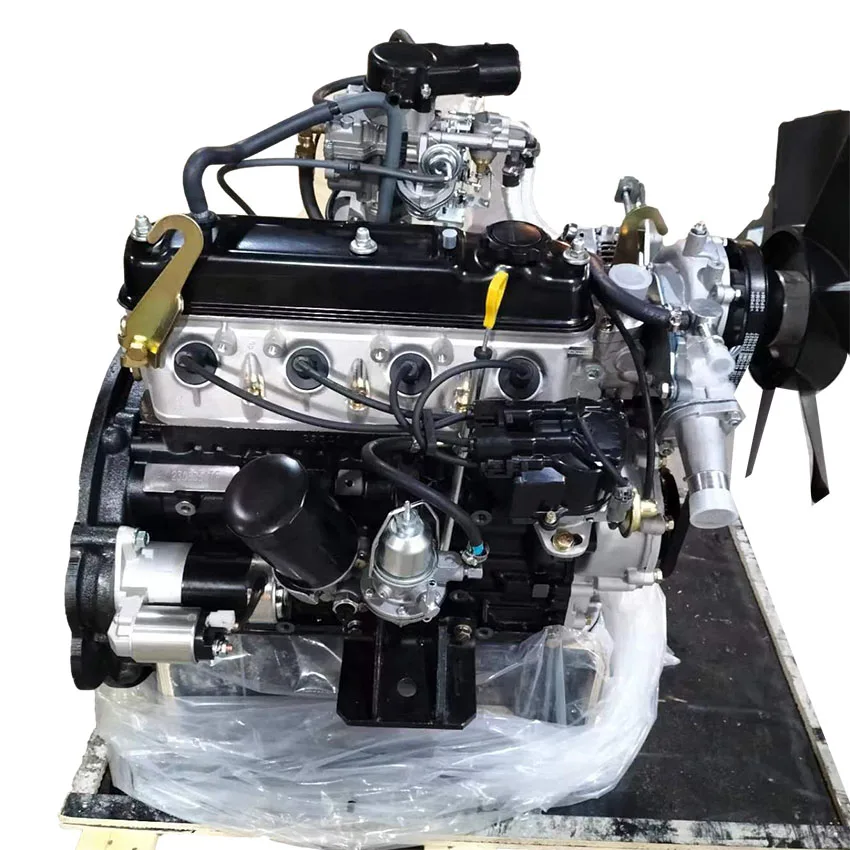The History and Evolution of the 4Y Engine in Automotive Engineering
The History and Evolution of the 4Y Engine in Automotive Engineering
Blog Article
The Ultimate Overview to the Engine: Key Insights for Every Vehicle Lover
Recognizing the engine is essential for any automobile enthusiast, as it offers as the heart of the lorry and determines its performance. The intricacies of engine characteristics and the latest developments in innovation present concerns that warrant more expedition.
Composition of an Engine
Comprehending the anatomy of an engine is crucial for any automobile enthusiast looking to dive much deeper into auto technicians. An inner burning engine mainly contains numerous vital components that operate in unison to convert fuel into power.
At the heart of this system lies the cylinder block, which houses the cyndrical tubes where combustion takes place. Piston movement within these cyndrical tubes is facilitated by the crankshaft, which converts linear movement into rotational power. Furthermore, the camshaft plays a vital duty in controlling the opening and closing of the engine's shutoffs, ensuring correct air-fuel blend intake and exhaust gas expulsion.
Various other important components consist of the fuel system, which supplies the engine with the needed fuel, and the ignition system, in charge of starting burning - 4y engine. The air conditioning and lubrication systems are also essential, keeping ideal operating temperatures and lowering friction, respectively
Engine Kinds and Configurations
A diverse array of engine kinds and setups exists, each offering one-of-a-kind advantages and negative aspects tailored to various driving demands and preferences. The most usual engine kinds consist of inline, V, flat, and rotary arrangements.
Inline engines, featuring cylinders organized in a solitary line, are known for their simplicity and efficiency. They are commonly located in portable vehicles, using an equilibrium of power and economy. V engines, identified by their two banks of cyndrical tubes prepared in a V form, provide greater performance and smoother procedure, making them preferred in sporting activities and deluxe vehicles.
Level engines, or fighter engines, have actually flat opposed cyndrical tubes, which add to a lower center of mass, improving vehicle security. These are generally seen in brands like Subaru and Porsche.
Rotary engines, although less common, use a special design with a triangular rotor and deal high power-to-weight proportions. They master light-weight and small applications, mainly seen in Mazda vehicles.
Each engine type serves certain efficiency characteristics, weight distributions, and gas performances, guaranteeing that cars and truck enthusiasts can choose the best engine arrangement to match their driving design and car needs.

Exactly How Engines Work
Engines, no matter of their type or setup, operate fundamental concepts that regulate their performance and performance. At their core, engines transform fuel into mechanical energy via a series of regulated explosions or compressions. This process commonly includes 4 major strokes: consumption, compression, power, and exhaust.
Throughout the intake stroke, the engine draws in a mix of air and fuel. In the power stroke, a stimulate stirs up the compressed mix (in gasoline engines) or the mix stirs up spontaneously (in diesel engines), resulting in a rapid expansion of gases that pushes the piston down.
The efficiency of an engine is affected by different aspects, consisting of the style of the combustion chamber, the sort of gas made use of, and the precision of the engine's parts. Recognizing these fundamental concepts is essential for auto enthusiasts who look for to appreciate the intricate auto mechanics behind their automobiles, in addition to for those aiming to boost efficiency with adjustments and adjusting.
Advancements in Engine Technology
Over the last few years, improvements in engine innovation have actually dramatically transformed the vehicle landscape, improving both efficiency and ecological sustainability. One of one of the most noteworthy developments is the growth of turbocharging and supercharging, which allows find here smaller engines to generate better power outputs without compromising fuel efficiency. This has actually led to a surge in the appeal of scaled down engines, supplying producers with the capacity to fulfill rigid emissions guidelines while maintaining performance standards.
Furthermore, hybrid and electric powertrains are reshaping the engine paradigm. Hybrid systems combine internal burning engines why not try these out with electrical motors, enhancing fuel usage and lowering exhausts. Fully electric vehicles (EVs) remove the burning engine completely, depending on advanced battery technology to provide instantaneous torque and impressive acceleration.
Furthermore, the integration of man-made intelligence and device knowing in engine monitoring systems enables real-time optimization of performance specifications, enhancing performance and responsiveness. Advancements such as variable valve timing and straight gas shot further refine burning processes, taking full advantage of power output while minimizing waste.
As the vehicle market proceeds to evolve, these advancements in engine modern technology will certainly play an essential function in forming the future of flexibility, focusing on both efficiency and sustainability.
Upkeep Tips for Lovers
Keeping an engine is as important as the developments that boost its efficiency. Regular maintenance not only prolongs the life of your engine however additionally guarantees ideal performance. Beginning with routine oil adjustments, complying with the producer's referrals for oil type and adjustment intervals. Tidy oil lubricates engine parts efficiently, avoiding damage.
Change and examine air filters occasionally to make sure proper air flow, which is vital for combustion efficiency. A stopped up air filter can cause decreased efficiency and boosted fuel intake. Similarly, check the coolant degrees to avoid overheating, and change coolant according to Go Here the service routine.

Conclusion
Finally, a complete understanding of engine makeup, types, and mechanics is vital for vehicle enthusiasts. The exploration of technologies such as turbocharging and crossbreed systems highlights the advancements in performance and performance. Normal maintenance techniques, consisting of oil changes and air filter checks, are vital for guaranteeing optimum engine functionality and long life. Proficiency of these ideas fosters a much deeper admiration for engine characteristics and boosts the total driving experience.

Engines, regardless of their kind or setup, operate on essential principles that control their performance and performance. In the power stroke, a spark ignites the pressed mixture (in gas engines) or the combination sparks spontaneously (in diesel engines), resulting in a fast growth of gases that presses the piston down.In current years, developments in engine technology have considerably changed the automobile landscape, improving both efficiency and ecological sustainability.
Report this page